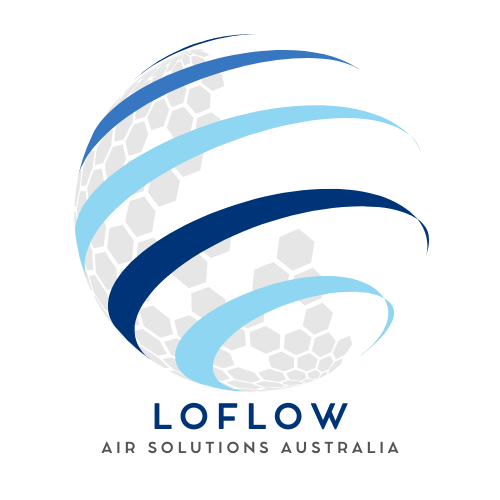AWGs vs. Traditional Water Sources: A Smart Comparison on Cost, Reliability & Sustainability
Share








Rethinking How We Access Water
With climate change intensifying drought conditions and stressing existing water systems, Australians are looking for resilient, independent water solutions. Traditional sources—like rainwater tanks, wells, and even municipal water—are not always dependable or eco-friendly.
Atmospheric Water Generators (AWGs) are fast becoming a practical, innovative alternative by producing pure water from the air itself.
At LoFlowAir, we help homeowners, businesses, and off-grid operations explore whether AWGs are the smarter long-term choice.
Cost Considerations: Upfront vs. Lifetime Value
Initial Investment
- AWGs typically require a higher upfront cost, especially for large-capacity or solar-compatible systems.
- Wells and tanks may appear cheaper initially, but costs can rise with excavation, infrastructure, or storage upgrades.
Ongoing Costs
- AWGs consume electricity, but new models are energy-efficient and often integrated with solar or off-grid systems.
- Traditional sources often incur hidden costs, such as filtration systems, chemical treatments, water cartage, and pump maintenance.
Reliability: What Happens in a Drought or Emergency?
✅ AWGs
- Can run 24/7 in most Australian climates where moderate humidity is present
- Don’t rely on rainfall, river levels, or groundwater
- Ideal for drought-prone, remote, or emergency-preparedness scenarios
⚠️ Traditional Sources
- Rain Tanks rely on seasonal rainfall, leaving gaps in long dry spells
- Wells/Bores are vulnerable to groundwater depletion or contamination
- Municipal Water is stable in most regions but at risk from infrastructure failures, restrictions, or quality concerns
Sustainability: Protecting the Future of Water
AWGs
- Harvest water from the air—no pressure on aquifers, rivers, or catchments
- Help reduce plastic waste by replacing bottled water in homes, offices, and industries
- Lower transport emissions—no need for tankers or bottled delivery
- Renewable-ready: AWGs pair well with solar, making them ideal for eco-conscious users
Traditional Sources
- Wells and bores can lead to aquifer depletion and salinity if overused
- Rain tanks are more eco-friendly but heavily dependent on weather patterns
- Municipal water systems often rely on chemical treatment and high energy use
Final Thoughts: Which Option Makes Sense for You?
If your priorities include energy independence, water reliability, and environmental responsibility, Atmospheric Water Generators are worth serious consideration.
They’re especially useful for:
- Rural or drought-prone areas
- Off-grid properties or smart eco-homes
- Workplaces aiming to reduce plastic and improve ESG scores
At LoFlowAir, we offer a range of energy-smart, scalable AWGs to help you gain long-term water independence without compromising the planet.
Ready to Switch to Sustainable Water Solutions?
Discover our Atmospheric Water Generator (AWG) systems, designed to fit your site, climate, and sustainability needs.
Contact LoFlowAir today to:
• Compare different AWG models
• Get a customised water analysis for your location
Make the smart choice for sustainable water sourcing with LoFlowAir and help create a greener future!
